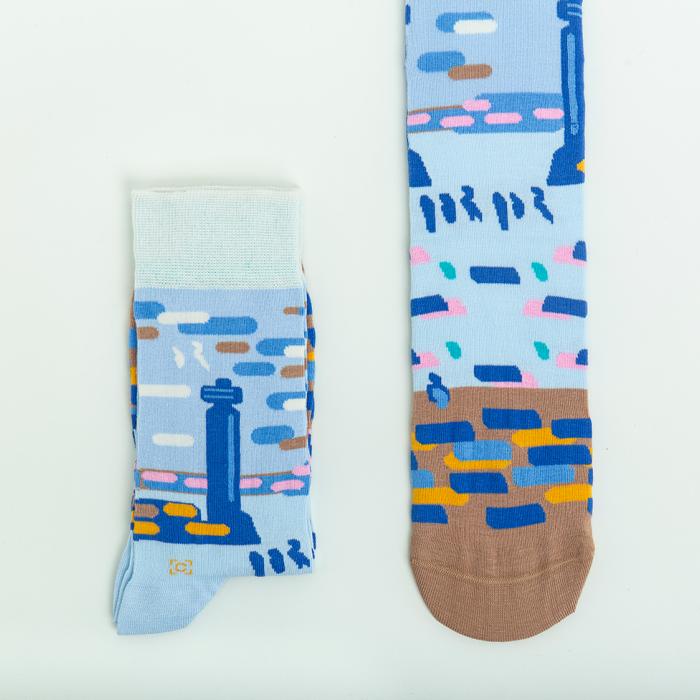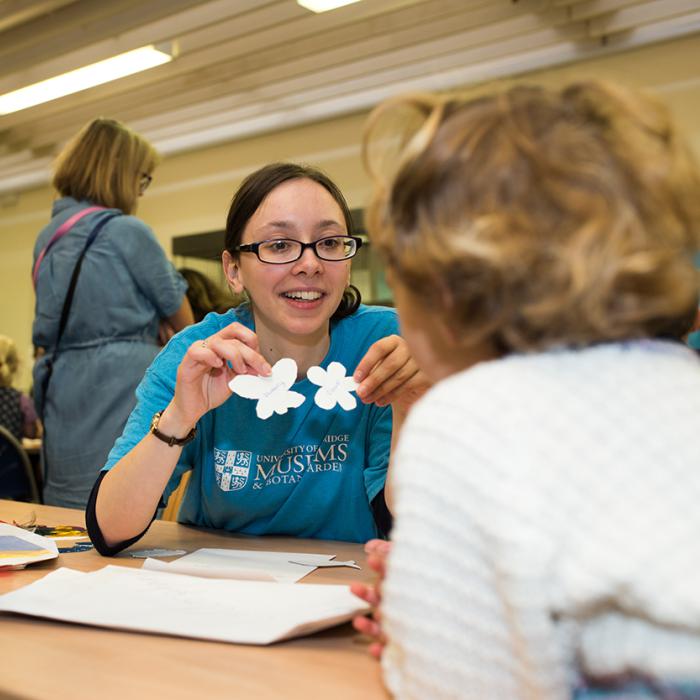National Treasures: Botticelli in Cambridge brings together a selection of renaissance works from our own collection alongside the Italian artist’s iconic painting of lovers — Venus, the goddess of love and Mars, the god of war.
The arrival of Venus and Mars in Cambridge presents a rare opportunity to see the work outside of London. Until now, the painting has never before left its home at the National Gallery where it’s become one of their most popular and well-loved works since it was bought in 1874.
Sometimes seen as an eccentric figure or lone genius, William Blake’s Universe is the first exhibition to explore Blake’s boundless imagination in the context of wider trends and themes in European art including romanticism, mysticism and ideas of spiritual regeneration.
Heads, jaws, teeth, backbones, limbs. The evolution of these key features has allowed the vertebrates – animals with backbones – to diversify to include species as different as sharks, frogs, turtles, eagles, elephants, and humans. But how and why do these features evolve?
Ever wanted to explore the coldest and windiest place on Earth?
Immersive Antarctica is your chance to discover the wonders of the South in virtual reality. Drive a dog sledge and delve into this unique world filled with historic sites and heritage treasures. Developed by Storylab, a research institute at Anglia Ruskin University, and the UK Antarctic Heritage Trust (UKAHT) through the use of immersive technologies and audio-visual archive.
Join Kettle's Yard staff for a special audio-described tour of the exhibition, Making New Worlds.
Discover the pioneering vision of artist Li Yuan-Chia (1929-1994) and the LYC Museum & Art Gallery, which he hounded and ran between 1972 and 1983 in the Cumbrian village of Banks, alongside Hadrian's Wall.
6 places are available plus a space for one companion each if you would like someone to come along with you. Please indicate both your name and your companion's name when booking.
Presenting new and recent paintings, this exhibition will be Portia Zvavahera’s first solo exhibition at a public gallery in Europe.
Drawing on southern Africa culture, Christian iconography, traditional European painting and African printmaking, this exhibition will show artworks informed by the artists own dreams and the spiritual traditions she grew up with as a child.
These semi-autobiographical works use layers of colour and texture and various artistic techniques including batik stencilling, block-printing, drawing and painting with ink.
This is the first major solo exhibition in the UK of work by Megan Rooney (b. 1985, South Africa).
In June 2024, Megan Rooney will spend three weeks making a new ‘mural’, painting directly on the walls of one of Kettle’s Yard’s two galleries. In the other gallery a group of new paintings will be exhibited for the first time.
Since 2011 Issam Kourbaj’s artwork has responded to the ongoing conflict in Syria, and reflects on the suffering of his fellow Syrians and the destruction of his cultural heritage. This exhibition presents key works from this period alongside a new series which explores themes of loss, memory and renewal.
Explore the hidden histories of the Polar Museum in this new label display. From the female figures in polar history to the origins of Inuit art; follow the stories around the museum exhibits and discover something new.
This display is part of the University of Cambridge Museums' Power and Memory programme.
Available to view during museum opening hours 10am – 4pm, Tues-Sat.

